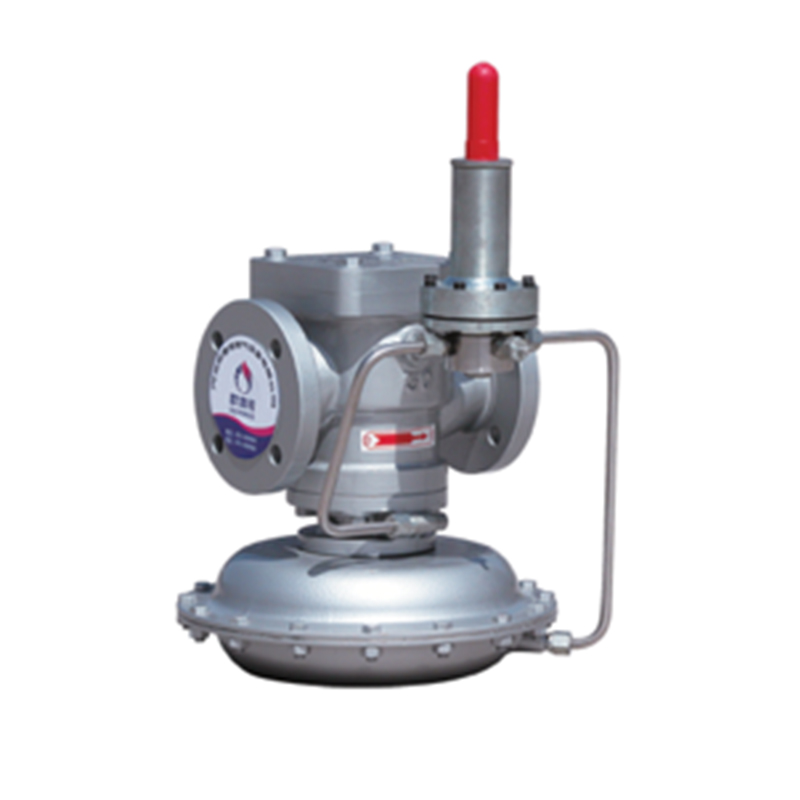
Dec . 17, 2024 11:26
Back to list
Managing Pressure Effectively through Structured Organization Techniques
Understanding Pressure Regulation The Role of a Pressure Regulator
In various fields, especially in engineering and industrial applications, the management and control of pressure are crucial. One imperative device that plays a significant role in this process is the pressure regulator. A pressure regulator is a mechanical device that maintains a predetermined output pressure regardless of changes in input pressure or flow conditions. This article explores the importance, functionality, and applications of pressure regulators.
What Is a Pressure Regulator?
A pressure regulator often appears as a small, conical device; it can be found in various sizes depending on its application. The purpose of this device is to ensure that the pressure delivered to a system stays within a specific range, which is essential for safety and efficiency. The primary components of a pressure regulator include a diaphragm, a spring, and an adjustment screw. The diaphragm responds to changes in output pressure, while the spring provides a counterbalancing force.
How Does It Work?
The operation of a pressure regulator involves a simple yet efficient process. When fluid flows into the regulator, the internal pressure is transmitted to the diaphragm. If the output pressure exceeds the desired set point, the diaphragm moves, compressing the spring. This action closes the inlet valve partially or fully, reducing the flow of fluid and maintaining the output pressure. Conversely, if the output pressure drops, the diaphragm moves in the opposite direction, allowing more fluid to flow in and increase the pressure. This self-regulating mechanism continuously adjusts to achieve the desired pressure level.
.
1. Safety One of the primary reasons for the implementation of pressure regulators is safety. Excess pressure can lead to equipment failure, explosions, or hazardous leaks. By controlling the pressure, regulators ensure that systems operate within safe limits.
مزلقة تنظيم الضغط

2. Efficiency Pressure regulators help optimize the performance of various systems. In gas applications, for example, maintaining consistent pressure is vital for efficient combustion. In hydraulic systems, stable pressure ensures smooth operation and prolongs the lifespan of equipment.
3. Precision In many industrial processes, precise pressure control is necessary for the desired outcome. This is particularly true in laboratories, pharmaceutical manufacturing, and food processing, where even slight variations in pressure can affect product quality.
Applications of Pressure Regulators
Pressure regulators find applications across various industries
- Gas Supply In residential and commercial settings, gas regulators ensure that the natural gas arrives at a safe pressure for appliances. - Hydraulics Hydraulic systems often employ pressure regulators to maintain consistent pressure for powering machinery and equipment. - Water Systems Water pressure regulators are commonly used in plumbing applications to prevent pipe bursts and ensure effective water flow.
- Manufacturing In industrial manufacturing processes, pressure regulators help maintain optimal conditions for various operations, such as painting, coating, and forming.
Conclusion
Pressure management is a vital aspect of many systems, and pressure regulators are essential for achieving effective control. By ensuring that systems operate within predetermined pressure limits, these devices not only promote safety and efficiency but also enhance the overall reliability of operations. Understanding the functionality and importance of pressure regulators is crucial for anyone involved in industries where pressure control is a factor. As technology continues to advance, the design and application of pressure regulators are expected to evolve, providing even greater control and efficiency in the future.
Next:
Latest news
-
Safety Valve Spring-Loaded Design Overpressure ProtectionNewsJul.25,2025
-
Precision Voltage Regulator AC5 Accuracy Grade PerformanceNewsJul.25,2025
-
Natural Gas Pressure Regulating Skid Industrial Pipeline ApplicationsNewsJul.25,2025
-
Natural Gas Filter Stainless Steel Mesh Element DesignNewsJul.25,2025
-
Gas Pressure Regulator Valve Direct-Acting Spring-Loaded DesignNewsJul.25,2025
-
Decompression Equipment Multi-Stage Heat Exchange System DesignNewsJul.25,2025

